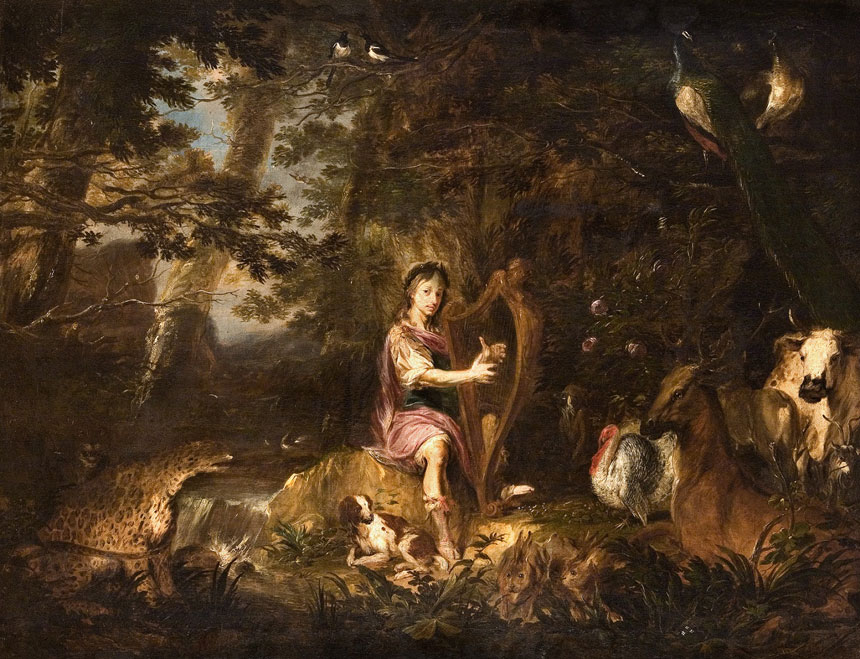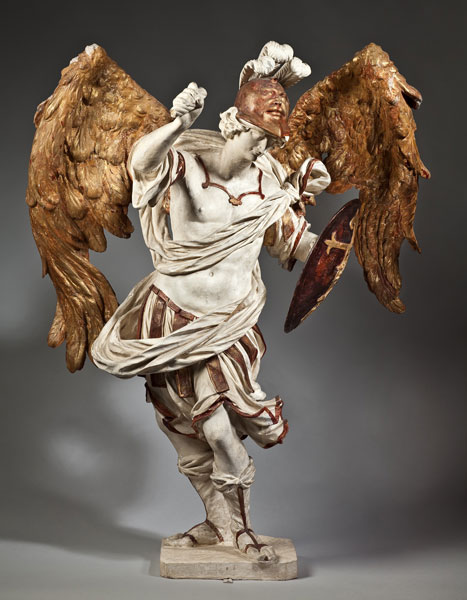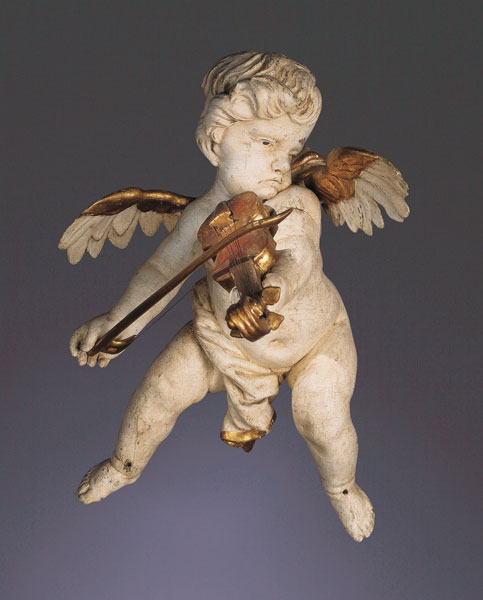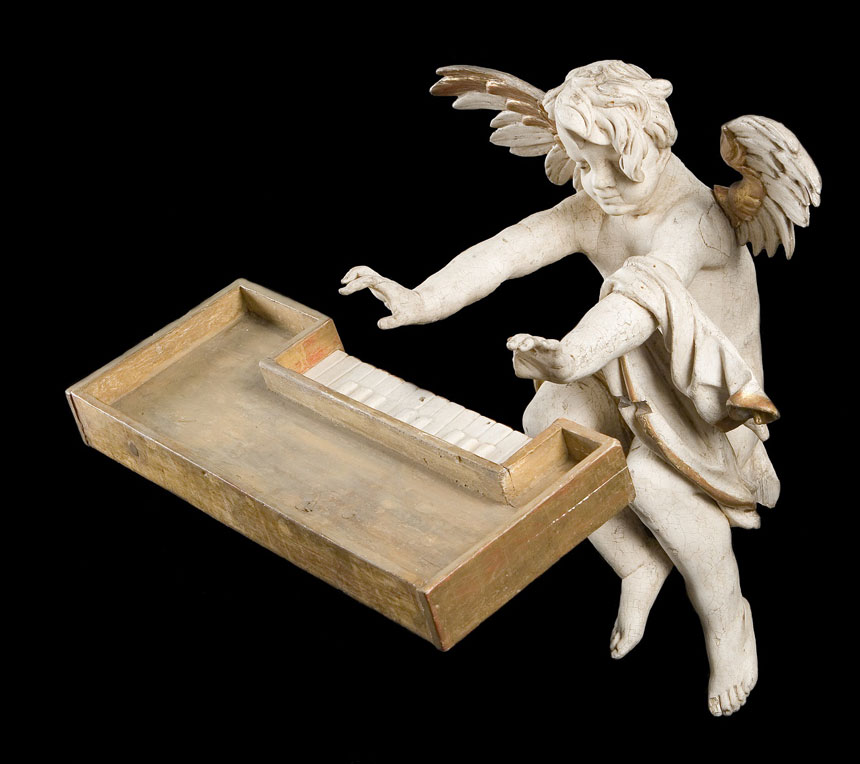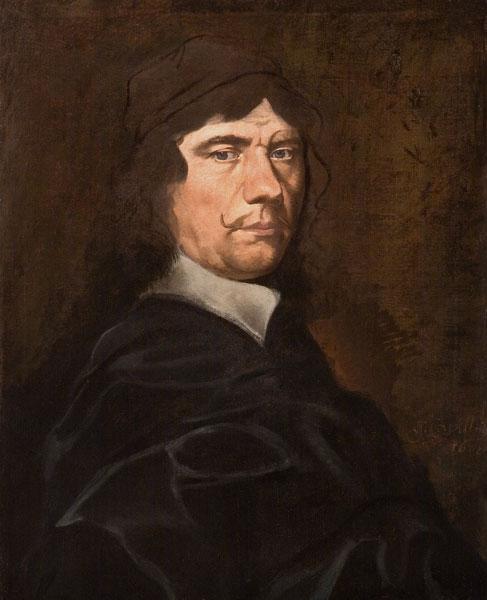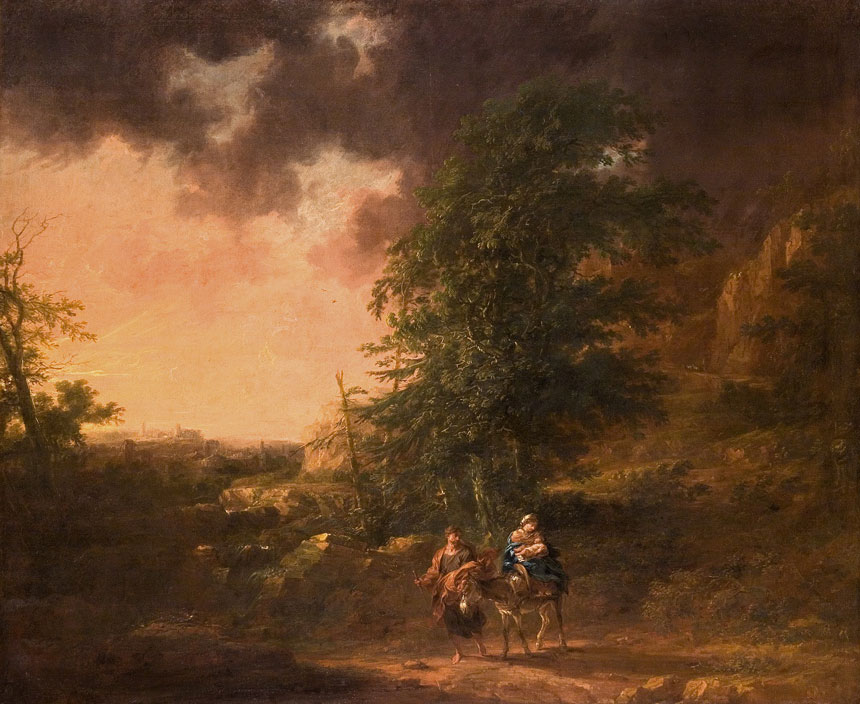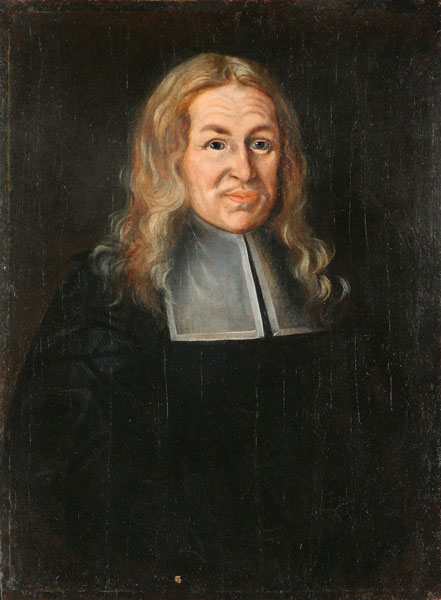Opening dates: 18 December 2018 – 24 March 2019
Exhibition at: Beijing Capital Museum in Beijing, China
The masterpieces and flagship works of art from the early Baroque are shown by the National Museum in Wrocław at the Capital Museum in Beijing. Viewers in China will be able for the first time ever to admire the expressiveness and sophisticated artistry of paintings by Michael Leopold Willmann (1630–1706) and sculptures by Matthias Steinl (c. 1644–1727), artists who were already highly appreciated during their lifetime and universally admired by their contemporaries.
Silesia rediviva (Śląsk reborn) is an exhibition presenting works by outstanding artists from the region situated in the very centre of Europe and at the crossroads of the most important trading routes. Among the exhibits there are works of art created in the second half of the 17th century, a period during which Silesia, following the Thirty Years’ War (1618–1648), made a great effort at rebuilding its artistic potential. Owing to favourable circumstances, such as the ambitious and knowledgeable patronage of the local elites – both the nobility and the bourgeoisie, as well as the last surviving ducal descendants of the Piast dynasty and the Catholic clergy, Silesia became the region chosen as the place to live and to work in by many talented and renowned artists.
“The exhibition showcases prominent works by Michael Leopold Willmann, considered to be the Silesian Rembrandt, among them portraits of Cistercian abbots and the artist’s self-portrait, also his excellent depictions of the mysterious and menacing world of nature (The Calling of St. Mathew and Flight into Egypt), paintings of mythological subjects (The Abduction of Persephone and Orpheus Playing for the Animals), as well as figures from the religious iconography of the times of Counter-Reformation (Death of St. Ursula and St. Catherine)”, said Piotr Oszczanowski, Director of the National Museum in Wrocław.
These remarkable paintings are complemented in the exhibition by sculptures made by an excellent artist resident at the Imperial court of Vienna, Matthias Steinl, whose Archangel Michael, David and Prophet, accompanied by putti playing various instruments in the Angel Orchestra, once adorned the choir stalls in the church of the Lubiąż monastery, together with a wonderful set of ornamental sculpture from the same location.
Visitors at the Beijing Capital Museum are also able to see excellent examples of Silesian artistic crafts, such as silver, tin and copper coffin escutcheons, dishes used by guilds and pendants for ceremonial cups, etc.
“There are altogether 80 fascinating and diverse works, in other words the panorama of unique art for which Silesia was once famous, and which – as we very much hope for – will find esteem in the eyes of our friends in China. This is intended as the promotion of our region, opportunity to educate a very discerning audience, and last but not least, to demonstrate our pride in the accomplishments of Silesia”, to quote Piotr Oszczanowski. “Today comes this special moment – the start of a truly amazing adventure – Silesians in Beijing! Beautiful Silesians in fantastic Beijing!”
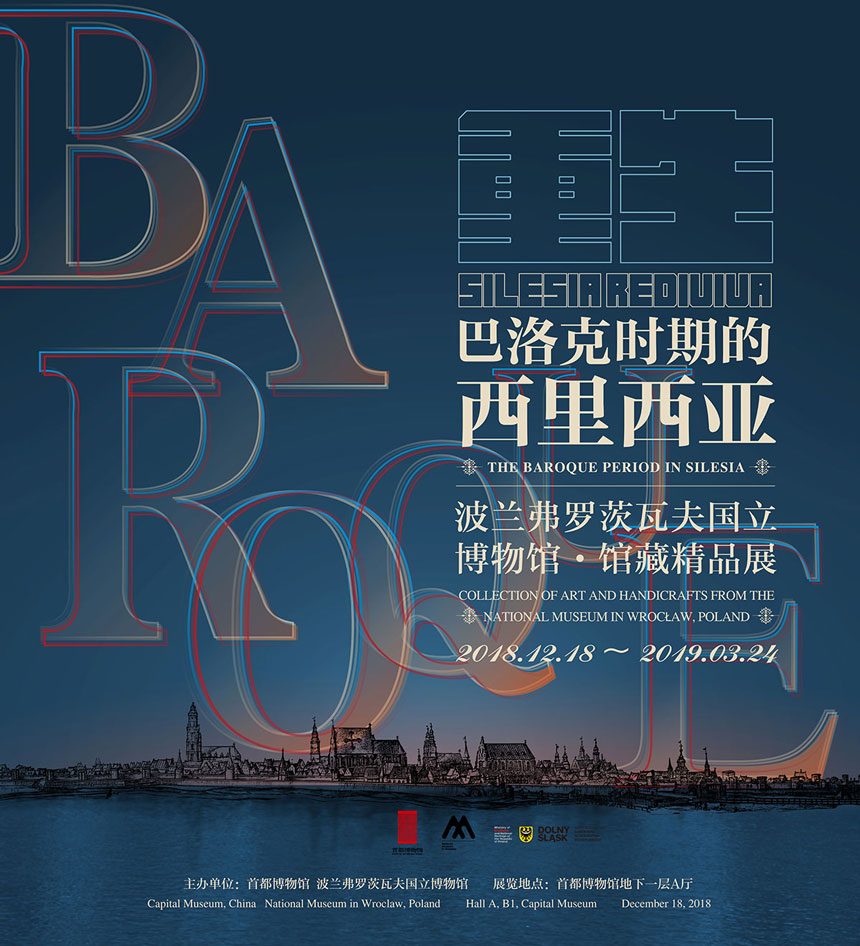
The exhibition was organized as part of the celebrations of the 70 years of the National Museum in Wrocław.
In the collaboration between the National Museum in Wrocław and the Beijing Capital Museum, at the end of 2017 and in the early 2018 Wrocław hosted the exhibition entitled “Everyday Life in China at the end of the Ming Dynasty. The Exhibition of the Collection of the Capital Museum in China”.
Co-financed by the Ministry of Culture and National Heritage
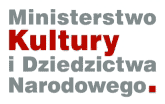
Silesia rediviva. Barok na Śląsku – kolekcja sztuki i rzemiosła artystycznego z Muzeum Narodowego we Wrocławiu
